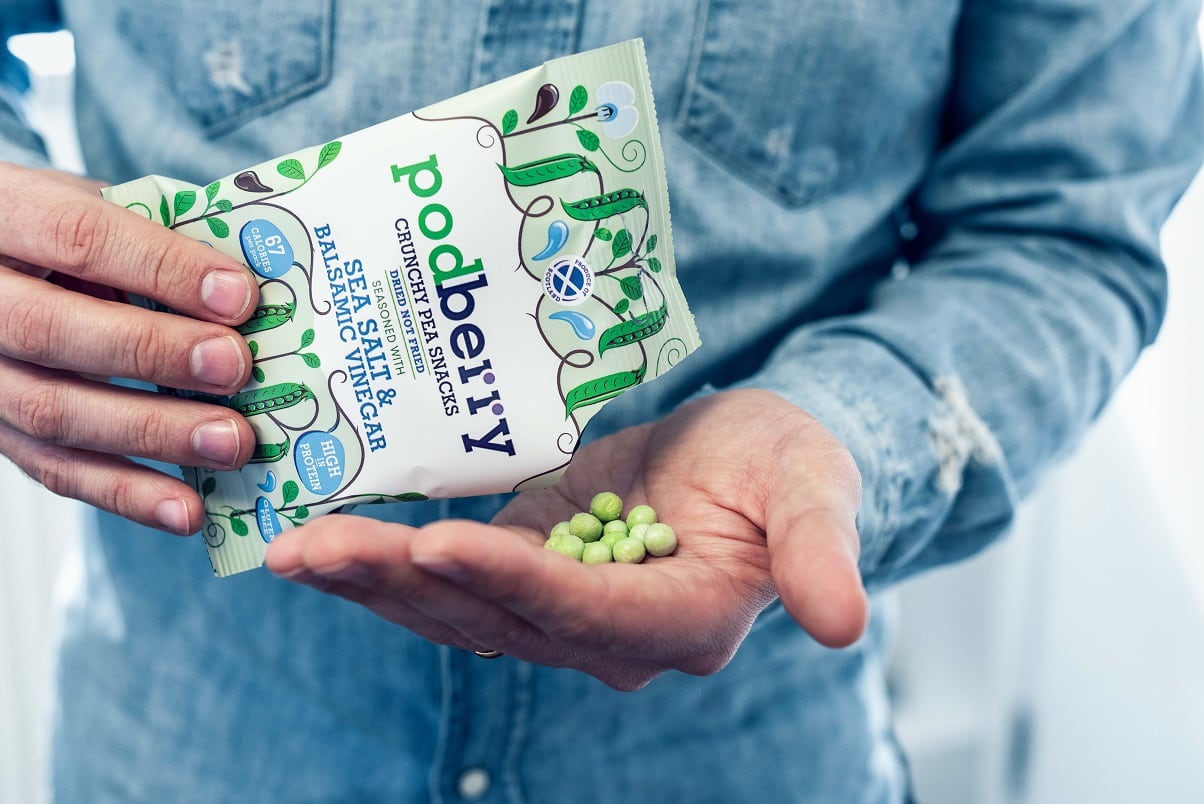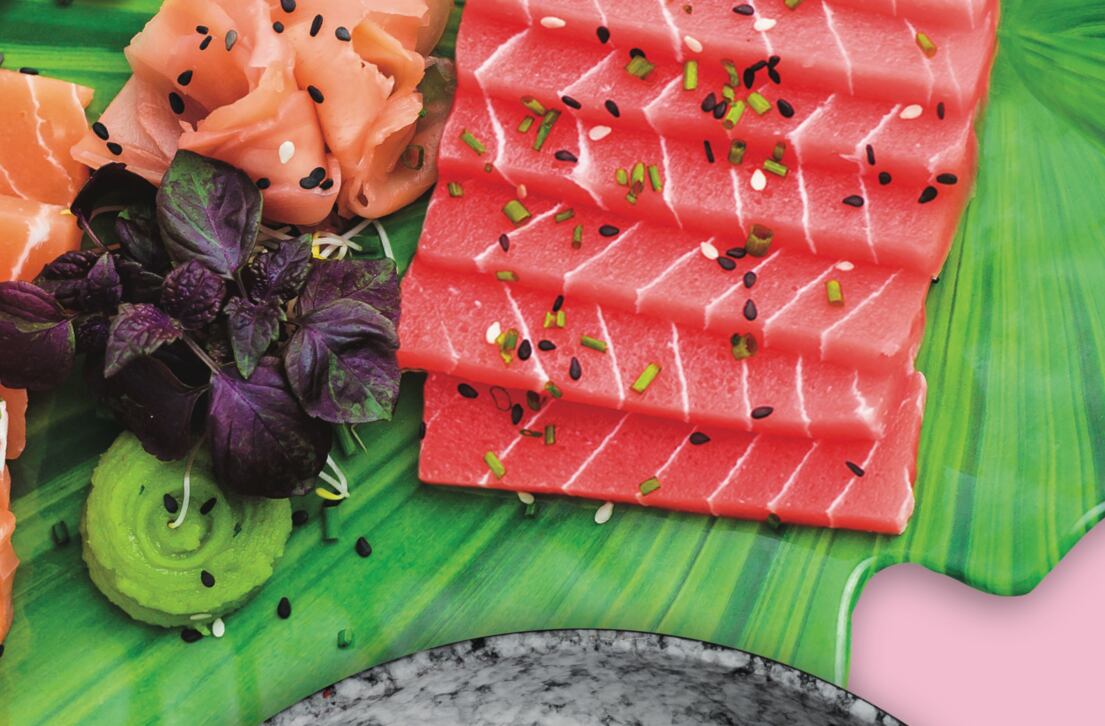Meat-free and plant-based innovations, coupled with health, wellbeing and mindful eating, convenience, traceability and allergen awareness are tipped to be the top food trends for 2020, according to Stockport-based EHL Ingredients.
Trend 1: making meat-free more accessible
Meat-free and plant-based foods are set to continue their popularity during 2020, EHL said.
It pointed to the “increasingly mainstream” meat-free fast food formats such as pizza, kebabs and grilled and fried foods, but added that year-round, there were consumers who followed a flexitarian diet and often chose to eat meat-free for health and environmental reasons.
It’s important for food manufacturers and producers to develop new products that fit into taste trends that can change during the course of the year, said Tasneem Alonzo, joint managing director at EHL Ingredients.
“Roasted cauliflower was one of the hero vegan dishes of 2019, but we’re expecting ingredients like jackfruit, tempeh, seitan, and other plant-based meat replacements to appear much more frequently,” she explained.
“Foods such as vegan paté or ‘faux-gras’, veggie black pudding, meat-free pies, pasties, sausages and plant-based burgers will be in demand during 2020 so it’s key to trial and test products before you launch them to market, to ensure they are hitting all the key notes in terms of flavour, texture, aroma, convenience and overall satisfaction.”
Trend 2: Eat healthily, naturally
Wellbeing, self-care, natural and mindful eating are still important buzzwords in the food industry, with new products launching to fit into these trends, according to EHL. Natural and organic, herbs and spices formed a key part of ‘self-care’, it added, while mindful eating with ingredients such as turmeric, cinnamon and ginger were praised for their health benefits on the mind and body.
“There’s no need for healthy offerings to be boring or difficult to create as long as you have good-quality ingredients and look to international foods for inspiration,” Alonzo said. “Include healthy, natural ingredients such as seeds, pulses and nuts for added nutrients, protein, fibre and healthy fats to sweet and savoury baked goods, biscuits and crackers, flavoured snacks and even salads. Invest in organic alternatives, where possible, for a premium positioning and to create a point of differentiation in the marketplace.”
Trend 3: Convenience
Whether they are on-the-go, dining at their desk, cooking at home or ordering takeaways, the modern consumer still wants quality food, according to EHL.
“The evolution of food delivery apps means more dining outlets have to provide restaurant-quality meals for home delivery,” Alonzo said. “For home cooking, meal kits, fresh and frozen ready meals, and ingredient and food grocery boxes have really made their mark and fit into today’s busy lifestyles that crave convenience without compromise.
“Technology is enhancing people’s eating experiences and injecting new energy into at-home dining. Whether people prefer to order for home delivery, experiment with organic ingredients, try new world foods, or just spice up evening meals, offering consumers quality foods and ingredients, value for money and convenience is a winning combination.”
Trend 4: Allergen awareness and traceability
Food safety and traceability is always of the utmost importance, but even more so when it comes to allergen ingredients, EHL claimed.
According to Alonzo, many challenges can present themselves during the course of food production and handling, such as cross-contamination of ingredients, so it’s important to eliminate risks as much as possible.
“Being able to trace food ingredients and components back to their original source is key for all finished food products, but has become increasingly important within allergen management,” she said.
Supplying around 300 individual food ingredients, EHL has taken measures to completely segregate ingredients containing allergens and non-allergen products, while installing new machinery to reduce risks of cross-contamination of products.
“It means we can operate more efficiently and speed up production, offer a quicker turnaround, and deliver products to our customers in shorter lead times,” Alonzo added.




